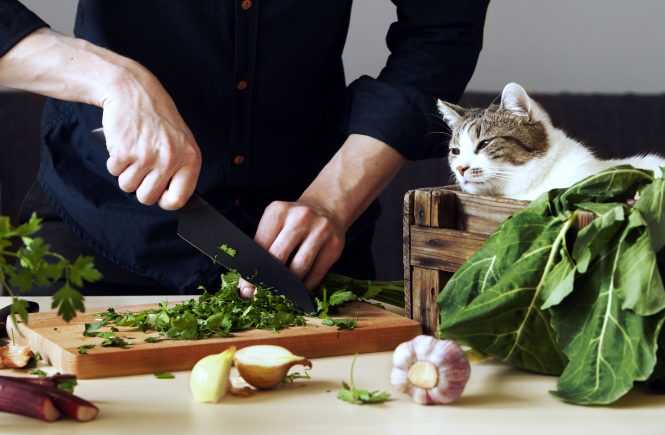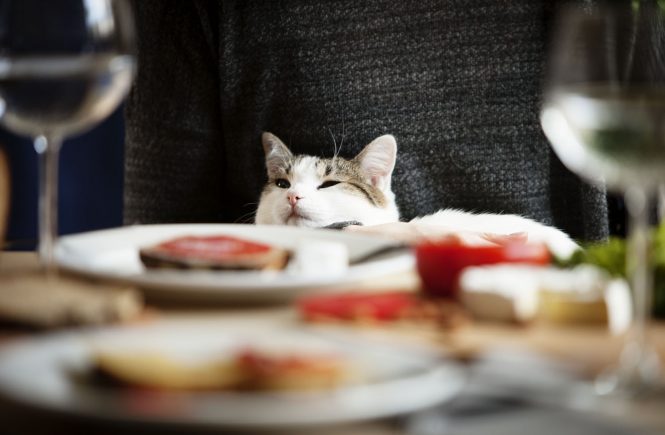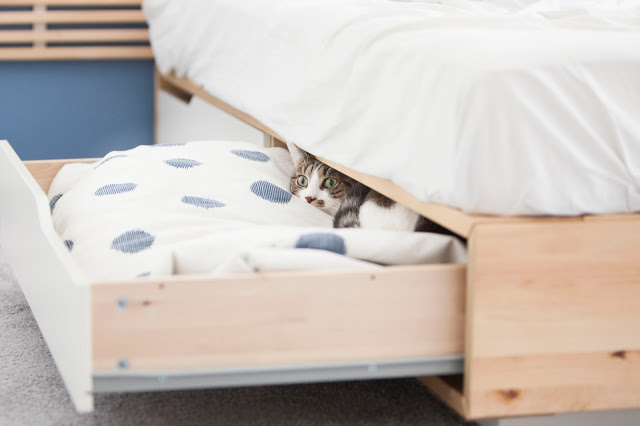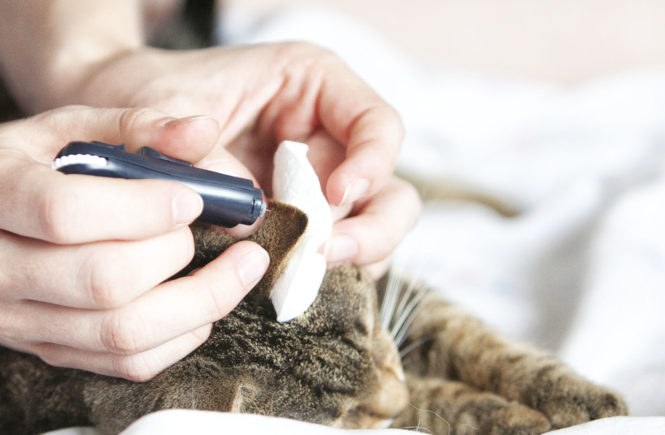How to feed cats you can read in my previous post “Feeding cats – when and how”. Here I will focus on ingredients that cats shouldn’t eat. I will try to explain why cats shouldn’t eat leftovers from our meals and shouldn’t drink milk.
What can obstruct cats’ regular development? How to properly feed cats and with what? Here are ingredients that shouldn’t be found in cats’ diet.
Should there be grains in cats’ food? No!
Cats are carnivorous; they come from wild African and Asian cats. Yet, if we spend a moment analyzing contents of many foods we discover that they contain grains. Why is it so? Cats don’t necessarily benefit from grains – they are neither tasty nor nutritious. Their only function is being cheap and, let’s say, harmless fillers. Why not necessarily harmless? Many cats develop allergies to foods with high grain content: they start shedding fur and having digestive problems.
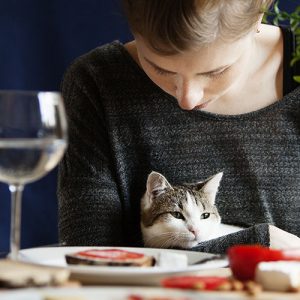
Pork for cats? No!
Due to its high fat content pork is not a healthy choice for our cats. It may lead to septic processes in intestines and bacterial flora irregularities and flatulence. You probably haven’t thought of various food flavors much but all you can find in the stores are salmon, chicken, beef and turkey… no pork. Now think of the kind of sausage that is most often in your sandwich and if you happen to occasionally share it with your pet. Is it chicken or maybe turkey … it’s pork is it not? So every time you share a slice of pork ham or sausage with your pets you don’t really please them but rather give them tummy ache.
Should cats drink milk? No!
Ask any child what cats eat and you will hear that cats drink milk. We all grew up watching Filemon and Bonifacy drinking warm milk from grandma. So why everybody says now that cats shouldn’t drink milk?
The answer is not very straightforward. Everybody who has family living on the farm says that their grandmas feed cats milk and the cats are fine. Well the cats that grow up and live on a farm follow different feeding pattern; namely, after they stop sucking their mothers’ milk they switch to drinking cows milk provided by grandmas and aunts. This way their stomachs constantly deal with this fatty drink and have no issues digesting lactose present in cows’ milk. Biologically speaking, small cats digest lactose but once they stop drinking their mothers’ milk and switch to eating meat the enzyme responsible for digesting lactose disappears. So cats can drink milk if they have been fed milk all their lives, as is usually the case with farm cats.
In general adult cats do not digest lactose, neither do majority of people because we also lose the necessary enzyme and yet most of us add milk to our daily coffee or drink yummy cocoa. So should we give our cats milk?
If you live on a farm and milk is the only available protein source for your cats then you have no choice but if your cat stopped drinking milk long time ago and you do have access to a pet store or internet then I would advise against giving milk. Especially if you give your cats cow milk once in a while you can cause serious stomach issues and diarrhea.
 Other foods that should never be a part of your cats’ diet:
Other foods that should never be a part of your cats’ diet:
-
- Raisins and grapes can cause kidney damage
- Onion, garlic and leak lead to severe anemia
-
- Chocolate contains toxic theobromine, which leads to over secretion of adrenalin and change in heart rhythm
-
- Smoked fish are tasty but contain too much salt, which in such high quantities can damage kidneys
-
- Egg white – egg yolk is ok but whites should be avoided as they contain avidin, which blocks biotin (vitamin H) absorption.
Thank you Paulina from “essentially about cats” for the following information: Whites are ok as a separate meal and when cooked. The whole egg (egg yolk and white) has a unique and fully edible amino acid composition (perfect digestion). If we are really afraid of giving the egg whites we can give raw yolk and cooked white.
What else?
-
- Mushroom
-
- Fizzy drinks
-
- Coffee
-
- Cakes…
…and many more things present on our tables. Let’s remember that our table is not our cats’ table.
- Cakes…
If we want our cats to live long and happily we need to feed them good food – tasty, with the right ingredients and appropriate for our cats’ size, lifestyle and caloric needs. We need to remember that saving money while buying cat foods is illusive … if you are paying pennies that don’t seem to pay even for the pretty food package you will spend much more later for vet visits when your cats get sick.
In my next post I will analyze contents of popular cat foods available in stores to give you the necessary knowledge to choose the right food next time you go shopping.
